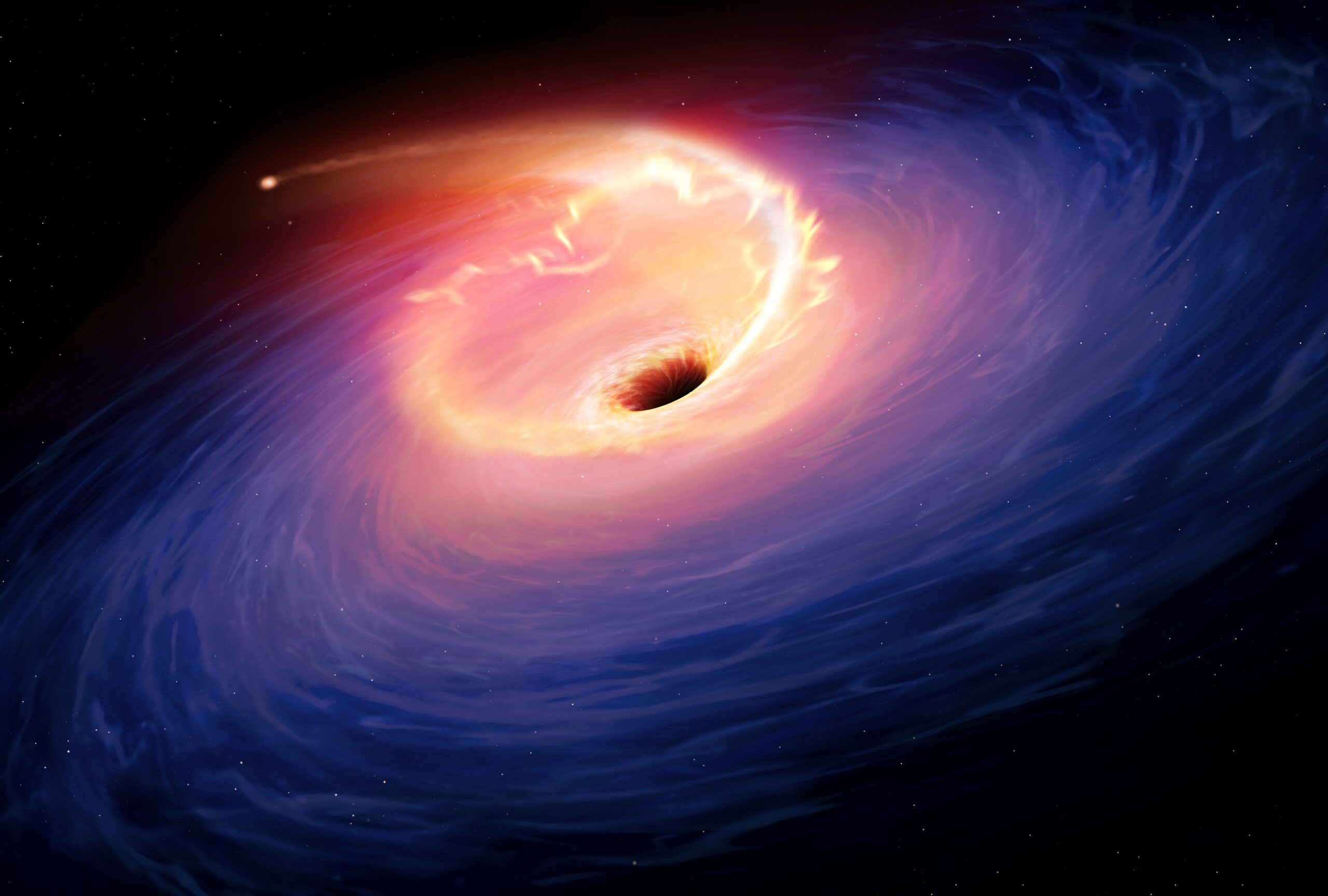On a quiet mountaintop in southern Arizona, 5,000 robotic eyes scan the sky every night, each locking onto a galaxy billions of light-years away. This interesting instrument, called DESI, has now delivered a surprise big enough to unsettle decades of assumptions in physics.
For years, scientists believed dark energy, the invisible force that accelerates the universe’s expansion, was constant. However, a new study based on DESI’s latest map of the cosmos suggests otherwise.
According to the study authors, dark energy’s effect on the universe isn’t fixed, but appears to have shifted over the eons. The finding comes with an even intriguing twist. The team’s analysis hints that black holes may be quietly turning dead stars into dark energy.
For physicists who have been chasing dark energy for more than two decades, the idea that it could be tied to star death and black hole birth isn’t just unexpected, it could be transformative.
The DESI telescope uses thousands of robotic eyes, each targeting a different galaxy every 15 minutes. Night after night, it has built the most detailed map yet of the universe, tracking millions of galaxies and ancient glowing objects, some dating back to when the universe was less than half its current age.
The study authors focused on an unconventional idea called the cosmologically coupled black hole (CCBH) hypothesis. Instead of picturing black holes only as cosmic traps that consume matter, the CCBH model describes them as tiny droplets of dark energy.
According to this view, when a massive star dies and collapses into a black hole, part of its ordinary matter is transformed into dark energy. If that’s true, the amount of dark energy in the universe should rise in step with the history of star formation, a rate astronomers have measured for decades using the Hubble and James Webb space telescopes.
When the team applied this model to DESI’s three years of precise data, the results were striking. The dark energy density appeared to track the star formation rate, just as predicted by the CCBH hypothesis. “This paper is fitting the data to a particular physical model for the first time, and it works well,” Gregory Tarlé, one of the researchers, said.
This is not it. The CCBH model also solved another long-standing puzzle, i.e., the mass of neutrinos. Scientists know neutrinos must have mass greater than zero, but pinning down the exact value has been extremely hard. Using traditional interpretations of DESI’s data, the numbers looked unphysical, even hinting at negative masses.
With our model, “you find that the neutrino mass probability distribution points to not only a positive number, but a number that’s entirely in line with ground-based experiments. I find this very exciting,” Rogier Windhorst, another study author, added.
This gave the CCBH hypothesis a major boost in credibility. Moreover, the study also helped ease another tension in cosmology, which is the so-called Hubble rate problem.
Different methods of measuring how fast the universe is expanding today give slightly different answers. However, if some matter is steadily being turned into dark energy, as the CCBH model suggests, the universe’s expansion would have sped up earlier than expected, bringing the numbers closer together.
Time to make some changes
If black holes really are factories of dark energy, physics textbooks may need a rewrite. The CCBH model smoothly ties together various phenomena that once seemed unrelated: the deaths of stars, the behavior of black holes, the growth of the universe, and the mysterious properties of neutrinos.
It also offers a natural explanation for why dark energy appeared only after stars formed, instead of being a magic number fixed at the birth of the cosmos. However, the model is still very far from being considered an unshakable cosmic truth.
While DESI’s large-scale galaxy maps support the CCBH interpretation, detailed studies of individual black holes do not yet provide equally strong evidence.
The study authors also suggest that more data, sharper measurements, and independent tests are needed to validate this approach.
“It will take more data, rigorous analysis, and broader scrutiny to determine whether it can become a new paradigm for explaining our universe. Of course, it could also be ruled out as new data emerges,” Gustavo Niz, one of the study authors, said.
The study is published in the journal Physical Review Letters.
